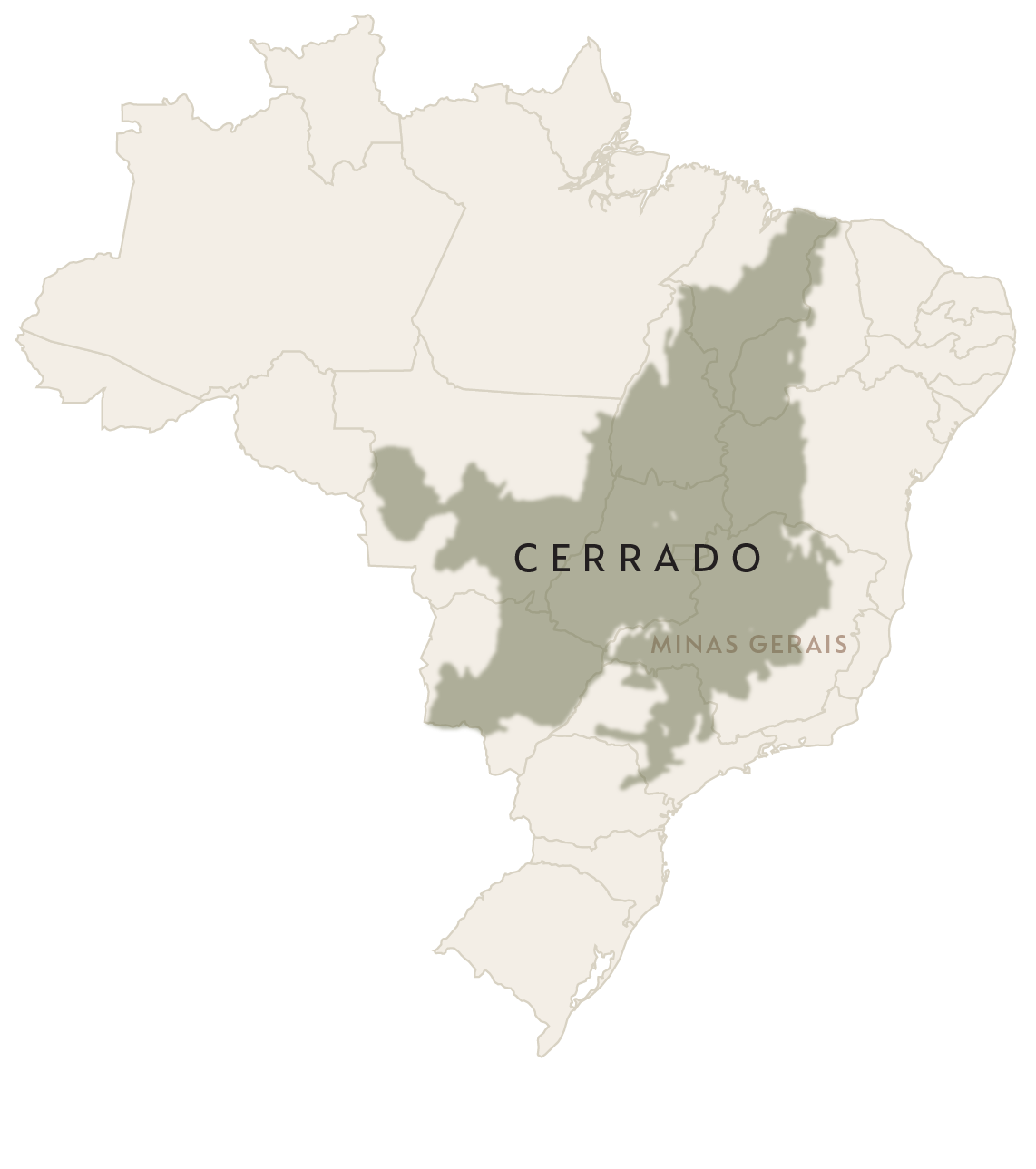
The Cerrado is a large Brazilian biome that provides the water for more than 40% of Brazil’s population. It is renowned for both its biodiversity and agricultural capacity. For every 8 coffees drunk in the world, 1 will contain coffee that originates in the Cerrado.
We spoke with three experts – Nespresso AAA manager in Brazil, Guilherme Amado; Executive Director of the CWC, Fabiane Sebaio; and Deputy Director, Global Business and Biodiversity Programme from the IUCN, Giulia Carbone, about mobilising public and private forces to manage a productive and sustainable landscape.
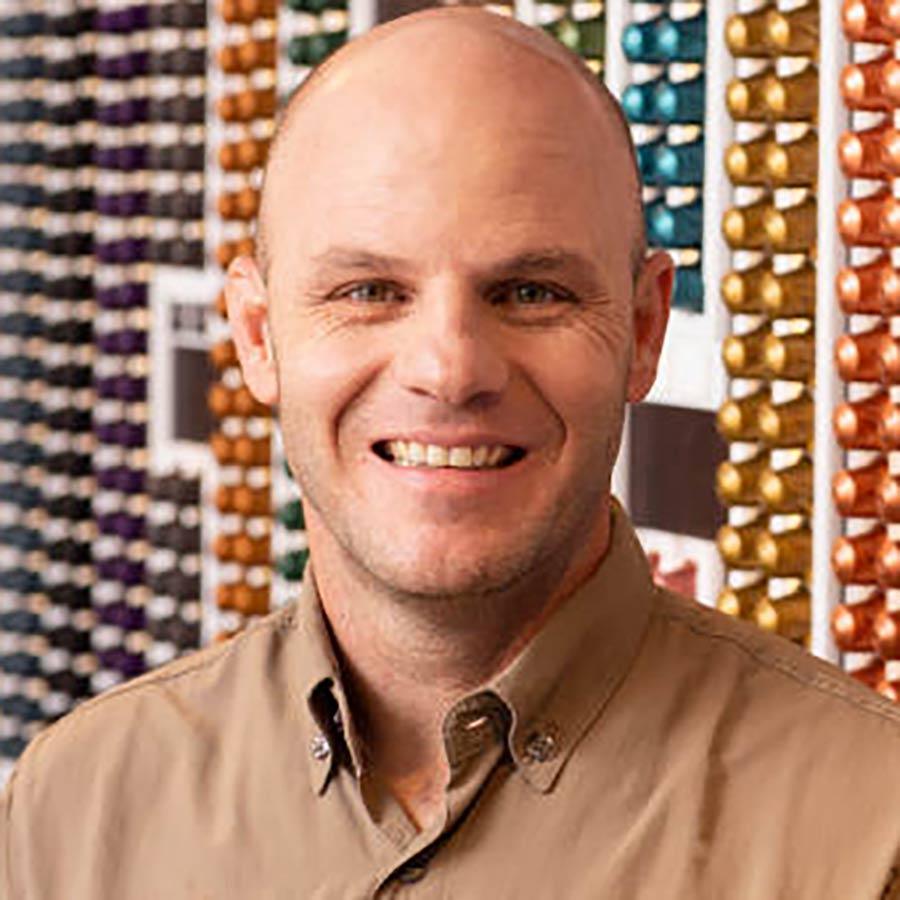
Guilherme Amado
Guilherme Amado is a sustainable quality expert and the leader of the Nespresso AAA Sustainable Quality™ Program in Brazil and Hawaii. He works closely with both coffee farmers and a network of agronomists.
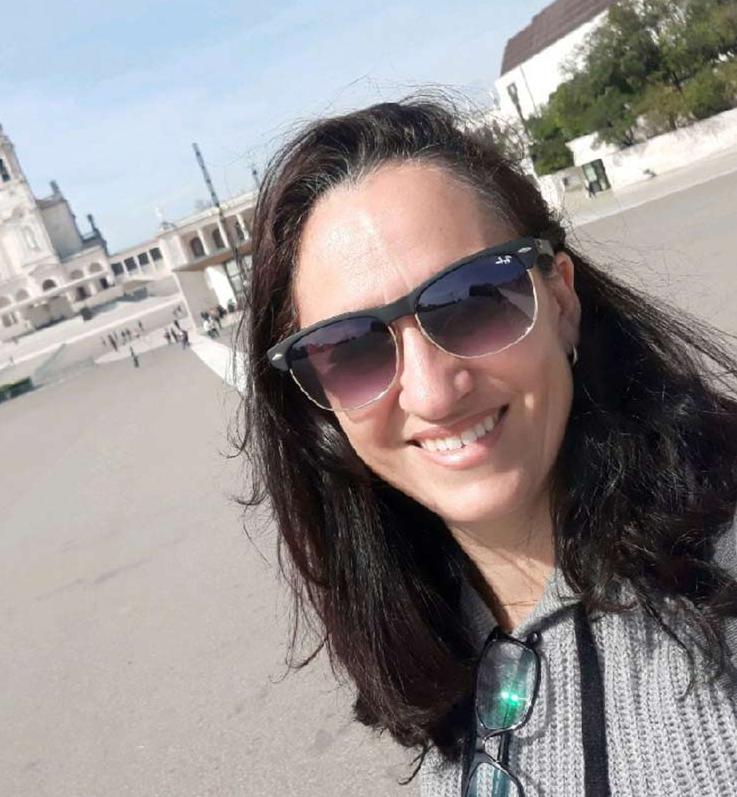
Fabiane Sebaio
Fabiane Sebaio is the Executive Director of the CWC and holds a Masters in ecology and wildlife management. She leads the platform, the implementation of climate-smart practices, and the construction of productive and sustainable landscapes in the Cerrado Mineiro region.
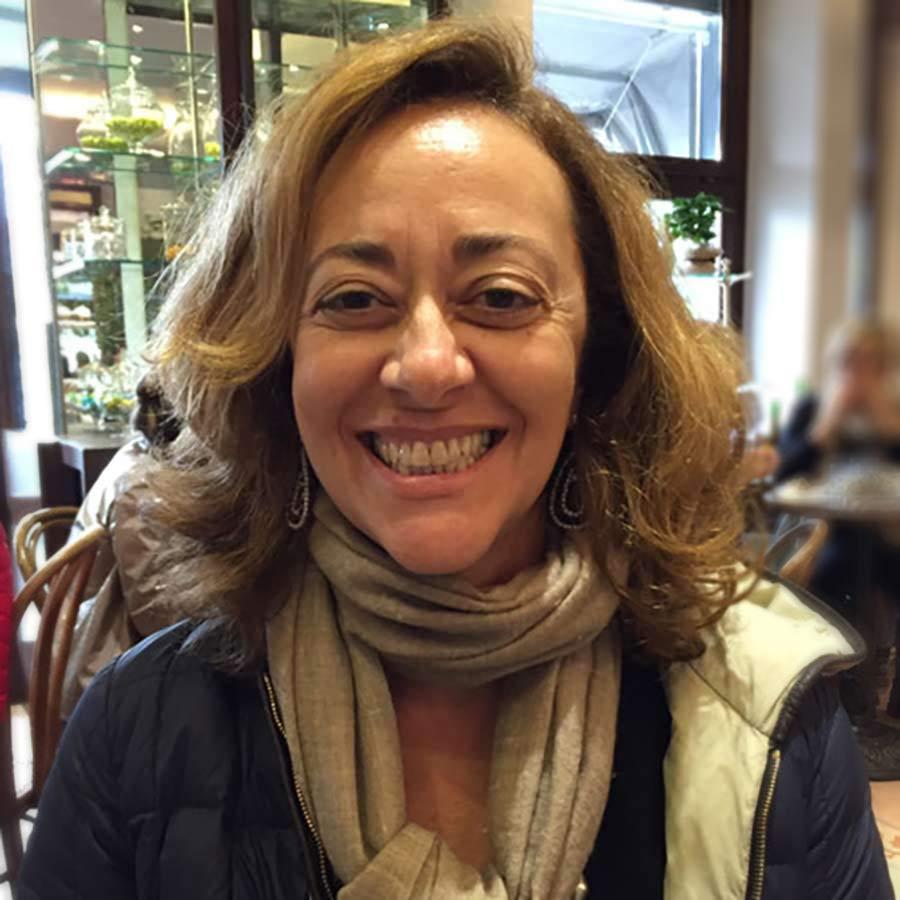
Giulia Carbone
Giulia is an experienced business former director at the International Union for the Conservation of Nature, with demonstrable expertise in sustainable development. She has been collaborating with Nespresso across various sustainability initiatives for over 10 years.
CAN YOU GIVE US SOME INSIGHTS INTO THE CERRADO MINEIRO REGION?
FABIANE:
The Cerrado Mineiro is a region within the Cerrado Biome, in an area located within the Estate of Minas Gerais. It covers an area of 11 million hectares and encompasses 55 municipalities. High-quality coffee is grown here on a large scale with over 50% of it certified as sustainably produced. Patrocínio, where the Cerrado Waters Consortium is based, is the municipality with the biggest coffee area in the whole estate.
GIULIA:
The entire Cerrado is renowned as a biodiversity hotspot. More than 1,600 species of mammals, birds and reptiles live here and there are more than 4,800 plant and vertebrate species found nowhere else on the planet.
It’s also not a typical rainforest coffee landscape. Coffee here is produced at an altitude of around 1,000 metres, amongst a savanna of vegetation such as shrubs and trees. There are two distinct seasons. During the 6 to 7 month wet season, there can be between 30 and 80 inches of rain, while the dry season extends from April into September. Temperatures are warm all year, but incursions of cold air from the south penetrate on occasion during the austral winter.

GUILHERME:
Nespresso has been sourcing in the region since 2005, implementing the AAA Program with producers. Since, 2010 these have all become Rainforest Alliance™ certified – providing our customers with high quality, full bodied coffees with sweet cereal and buttered biscuit aromas.
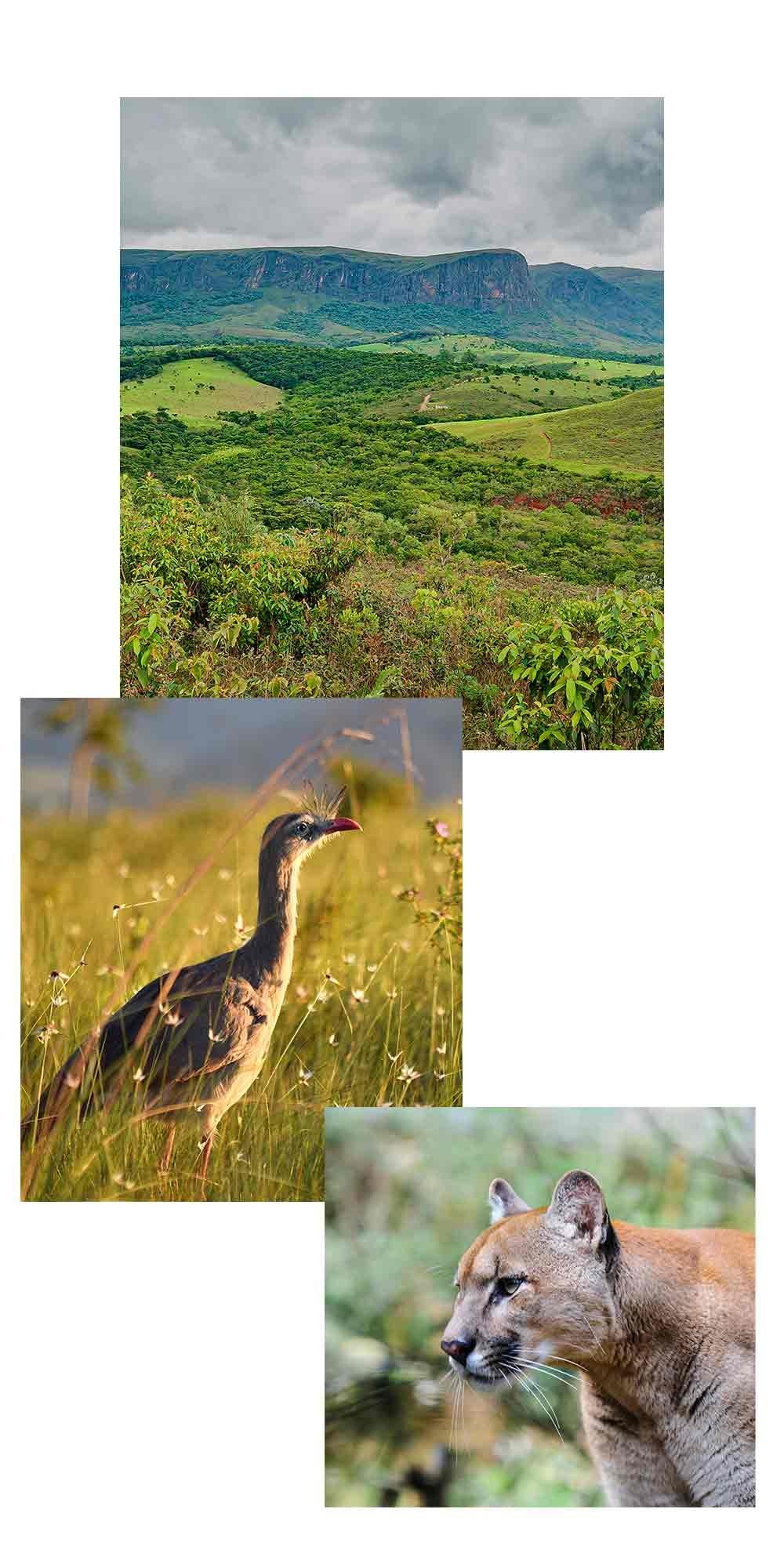
WHAT ARE THE MAIN CHALLENGES IN THIS REGION?
GUILHERME:
I would say it’s water seasonality as well as climate change. While the Cerrado has a lot of rainfall, there is significant variation between the winter and summer time. And because of climate change, these rainfall patterns are exacerbated, leading to a lack of irrigation for the fields. On top of this, we’re seeing increased temperatures in the summer – the wet season from December to March – which affects the productivity and quality of the crops.
GIULIA:
The other main challenge is that, in the Cerrado and Cerrado Mineiro where coffee is produced according to sustainable practices, unsustainable practices remain in the broader agricultural sector and have led to significant biodiversity losses.
This really became apparent to us in 2013, while doing an ecosystems services review for Nespresso. One ecosystem service was clearly important to all farmers: water availability. This is affected today by the massive changes in land use, with great disruptions in the flow. Particularly because sustainable practices were designed for farm action while the water flow or biodiversity restoration can only be solved by looking at the wider landscape. And this was the starting point for the Cerrado Waters Consortium and the incredible collective action we’re seeing today.
WHAT EXACTLY IS THE CERRADO WATERS CONSORTIUM?
FABIANE:
The CWC is a collaborative platform that brings together coffee growers, businesses, researchers and municipal governments with the aim of regenerating landscapes to be productive and sustainable, generating positive socio-economic impacts.

WHAT FACTORS HAVE MADE THE CONSORTIUM SO SUCCESSFUL?
GIULIA:
Quite a few factors. Early on, all the farmers agreed that they depend on water availability and that this is linked to land degradation. They realised that they’re in this together as the stewards of the land. So uniting them around the need to address this shared problem and the need for common good practices, was crucial. Another important success factor was having someone dedicated to the project and Nespresso’s funding meant a full-time person could be appointed, which really helped mobilise all stakeholders. Yet it took a good 6 years before the consortium became a fully autonomous, multi-stakeholder funded entity.
FABIANE:
Yes definitely – involving experts, financiers and catalysts of change was a great recipe. We had everyone around the table – the farmers, intermediaries, public entities, other major brands as well as NGOs. So we could really demonstrate to the farmers that people right across the value chain care about them and that their landscape is such an integral part of the overall system.
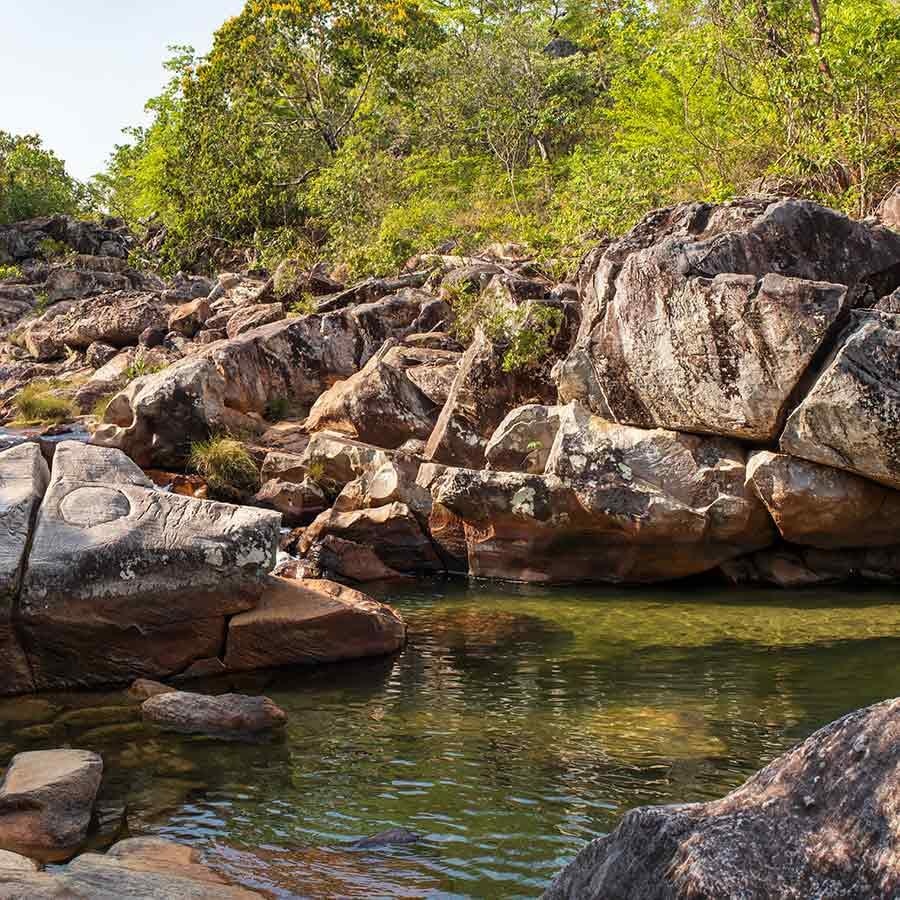
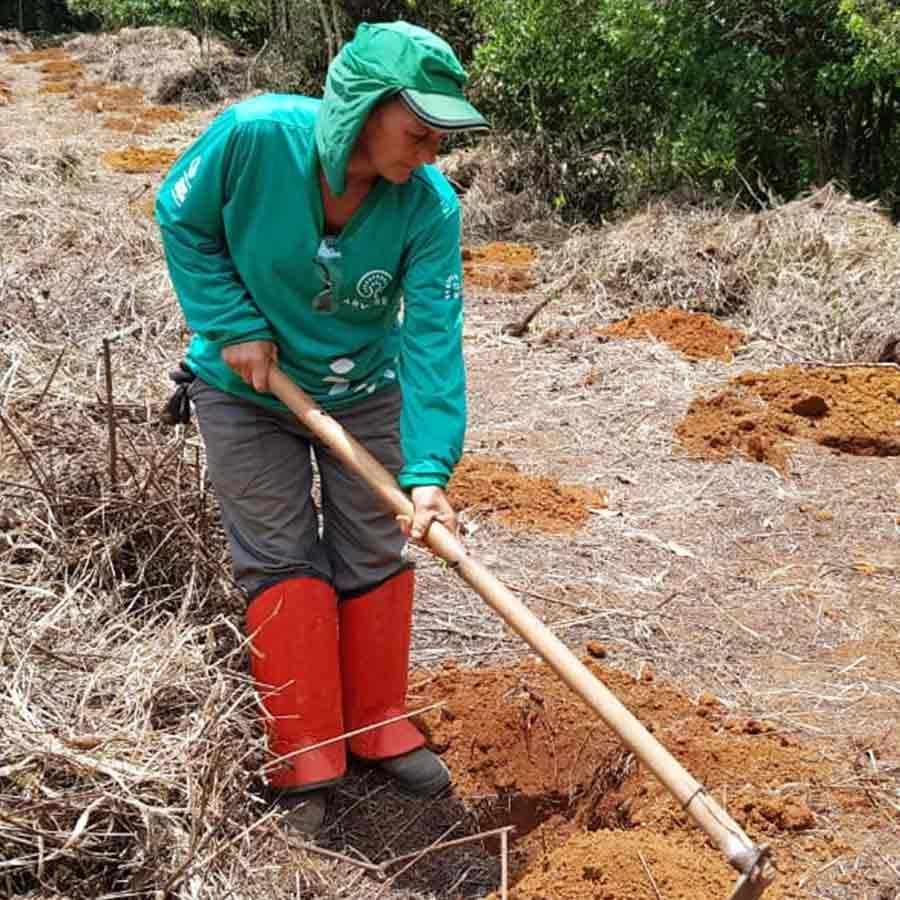
GUILHERME:
And it was great that everyone involved could help define the vision that we all work towards: “the water of today is the fruit of the landscape we build.” And it’s important to point out, as Giulia mentioned, that the CWC is a separate legal identity. Of course, Nespresso are active members but this is truly a collaborative initiative.
GIULIA:
Having all these parties engaged really helped to secure initial funding from the Critical Ecosystem Partnership Fund. It was clear to them that this wasn’t a theoretical exercise…the people sat at the table would be back in the field the following day and the parties involved were able to really make change happen on the ground. I think it was rare to have such a presence from major global brands with the necessary resources and drive to help be the change-makers.
HOW ARE THE PLANS PUT IN PLACE AND WHAT KEY ACTIONS HAS THE CWC INSTIGATED?
FABIANE:
The overall plan – called the Investment Program in the Conscious Producer – is split across 4 different workstreams: Institutional Engagement, Connected Landscapes, Climate-Smart Agriculture and Protected Water Resources. The analysis of the water basin determines where work will be prioritised and we work with producers to help analyse the risks and then develop strategies to reduce these risks.

GUILHERME:
The main purpose has always been to build sustainable and productive landscapes. In the AAA Program we’ve worked for many years at a farm level but this has really opened the gates to also focus at a landscape level…and I would even say that this is now shifting towards a truly regenerative landscape project.
FABIANE:
At a first step, we analysed the existing risks within the Patrocínio landscape as well as for each farm. For each risk, we defined a strategy and built individual plans for the farms. Once it’s determined who the various producers are that will participate, we hold workshops with them to discuss and negotiate the budget before plans are put into practice. Once producers agree to an engagement, the consortium implements the action plans in that area.
There are many plans in place across the different workstreams that have impacted over 100 farms and an area of around 10,000 hectares. They contribute to maintaining the availability of water resources for 100,000 city residents and, of course, mitigate out the impacts of climate change.
GUILHERME:
And there’s constant one-on-one engagement with each producer, via social tools such as Instagram and WhatsApp, as well as face-to face on the ground, so the relationship building is really strong.
WHAT ARE THE NEXT STEPS?
FABIANE:
We are going to further expand the reach of the CWC, scaling the plans of Patrocínio to 6 additional municipalities. By 2023, this will include Serra do Salitre, Monte Carmelo, Rio Paranaíba, Carmo do Paranaíba, Araguari, and Coromandel.
GIULIA:
Yes, we’ve seen the power of aligning conservation priorities with commercial priorities. When these two key interests are in synch, then you can really make change happen. This is what we’re doing with Nespresso now. Looking through all the Nespresso sourcing regions and prioritising them from a conservation perspective to understand which have the best opportunity for intervention: whether that’s restoration or conservation of species. Then we can map this against commercial priorities. And then those areas offering the greatest opportunities can then be the next landscapes of critical focus. Which is completely aligned with Nespresso’s work on planning and monitoring biodiversity performance.
GUILHERME:
Indeed. Focusing on regenerative practices for the farm and landscape sustainability will be critical. I think the power of what we are trying to achieve is best summed up by Leonildo Vicente de Paula, one of the farmers involved, who astounded us all with his statement, “if you want to plant for today, you plant flowers. If you want to plant for tomorrow you plant trees. But if you want to plant for eternity, you need to plant ideas. This is what the Consortium has done for us.”
Article published in: September 2021



